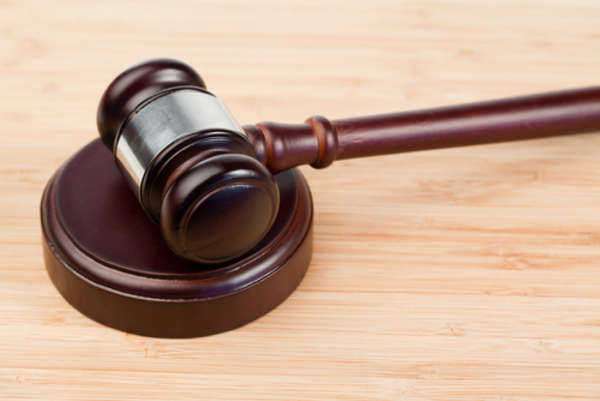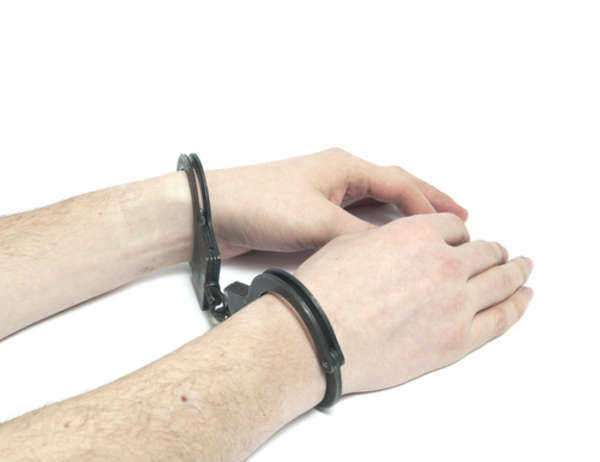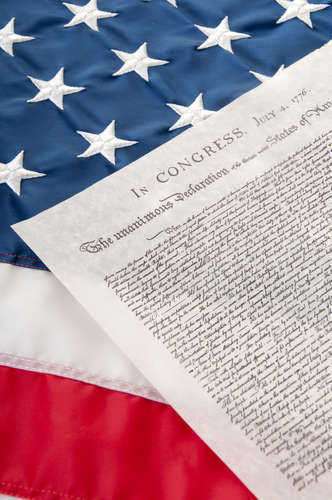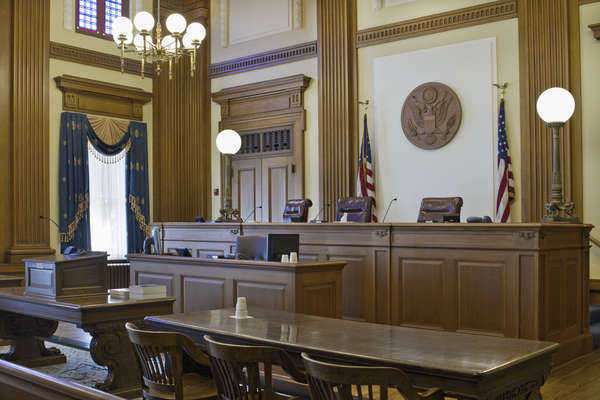Legal Definition of Perjury
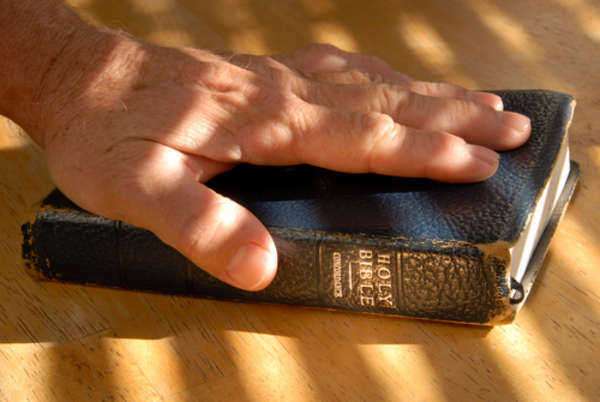



A trial is a formal setting in which two bodies of a dispute come together; the aim of a trial is to have both parties present evidence for their cases, and legally have the dispute facilitated and resolved. There are two primary types of trials and two ways in which trials can be heard. The primary types of trials are a criminal trial and a civil trial.
A criminal trial is a hearing in which an individual or individuals have been accused, typically by law enforcement, of committing a crime. This can be smaller aspects of crime such as breaking and entering, rape, murder, and various other types of criminal offenses.
A civil trial is typically a method to resolve lawsuits and various other claims that can be made against an individual or family. These types of trials often handle issues of landlord and tenant disputes, alimony money, and cases of borrowed money.
The two styles of trials are the bench trial and the jury trial; the bench trial is can be held in court and is where the judge is the only official presiding over the case. This is where the judge entertains all the evidence admissible by both parties, and makes a decision based on the arguments and evidence presented. Contact a trial lawyer to review your case.
The other style of trial is a jury trial; this is where there is a judge and a jury presiding over the case. The judge facilitates the trial court, but it is the randomly selected jury of peers that decide the verdict of the case.
